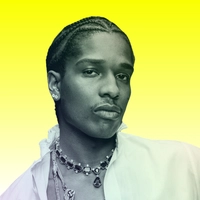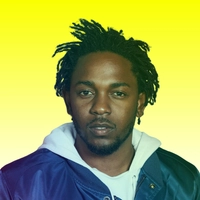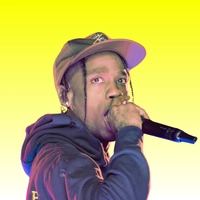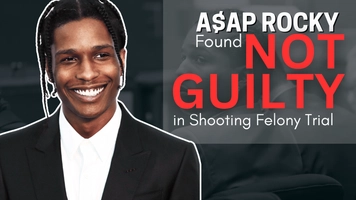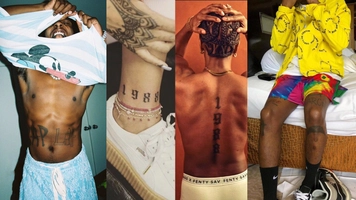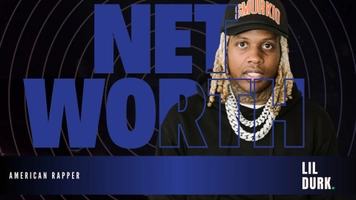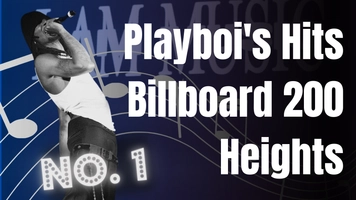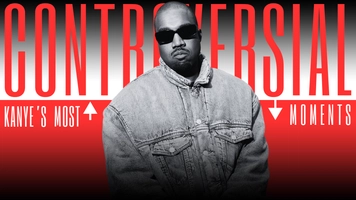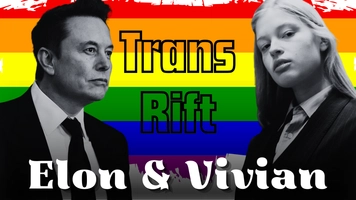Unraveling A$AP Rocky’s Greatest Hits And Boldest Risks
Share your thoughts on how A$AP Rocky’s bold experimentation and artistic evolution have shaped his legacy in hip-hop.
Published Dec 20, 2024
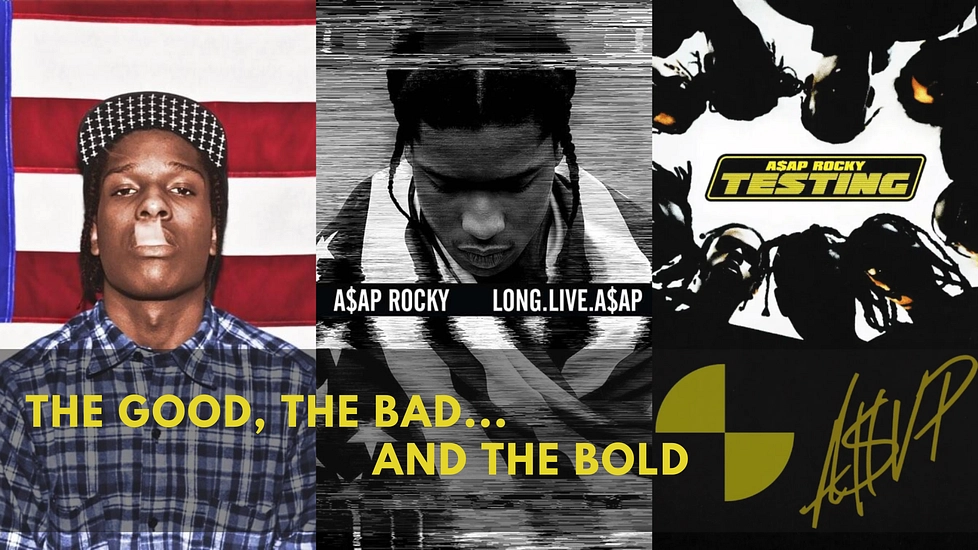
Table of Contents
- TESTING (2018)
- AT.LONG.LAST.A$AP (2015)
- LONG.LIVE.A$AP (2013)
- LIVE.LOVE.A$AP (2011)
A$AP Rocky’s journey through Hip Hop’s contemporary landscape is as much a narrative of cultural influence as it is a testament to artistic daring. Emerging from Harlem’s gritty streets, he stepped into the scene with a style that blended smooth-talking lyricism, experimental production, and a deep-rooted appreciation for both fashion and visual artistry. A founding member of the A$AP Mob collective, Rocky first captured attention with the mixtape Live.Love.ASAP, sending shockwaves through the underground and hinting at a new era of rap. Over the next decade, his albums would chart a path of evolution at times brilliant, at others, divisive yet always intriguing.
In assessing which of Rocky’s works stand tallest, we must look beyond popularity or sales figures. Instead, we’ll examine the thematic depth of his lyricism, the craftsmanship of his visuals, the potency of his outside influences, and the cultural resonance that each project still holds. From his genre-shifting debuts to later experiments in sonic textures, Rocky never remained still for too long.
Also Read:
- A$AP Rocky’s Blueprint For Shaping Public Perception
- A$AP Rocky’s Musical Metamorphosis Through His Albums
- Can A$AP Rocky’s “Don’t Be Dumb” Surpass His Past Success?
TESTING (2018)
TESTING represents Rocky’s most daring sonic experiment, yet it is also his most divisive project. He promised a departure from the known into the uncertain, and at times, that adventurous spirit drifts into incoherence. Sonically, the album dips into fractured instrumentation, distorted textures, and unpredictable switches, as if the listener were caught in a sound lab. Visually, the project’s motif of crash test dummies and urban decay suggests Rocky is examining the culture and himself under a harsh and clinical spotlight.
Consider “A$AP Forever (Remix)”, a track that pays homage to Moby’s “Porcelain” and attempts to fuse psychedelia with hip-hop grandeur. It’s an intriguing concept that nods to Rocky’s love of nostalgia and stylistic fusion. Another key cut, “Praise The Lord (Da Shine)” featuring Skepta, united transatlantic flows with a flute-driven beat, illustrating Rocky’s willingness to expand his sound beyond Harlem’s borders. Yet, despite these high points, TESTING feels unsettled. Tracks like “CALLDROPS” and “Changes” reveal his vulnerability, but the lyrical approach sometimes lacks the thematic clarity that defined his earlier work. Ultimately, while TESTING deserves credit for its ambition, it ranks as his weakest album precisely because it doesn't quite coalesce into a cohesive vision.
AT.LONG.LAST.A$AP (2015)
AT.LONG.LAST.A$AP arrived after Rocky’s mentor and friend A$AP Yams passed away, infusing the project with a mournful, introspective undercurrent. Sonically, this album is drenched in soul, bluesy guitars, and psych-rock influences that reflect Rocky’s desire to escape the trap formula and find a more personal palette. Visually and thematically, it pays homage to Yams and attempts to present Rocky as a more mature artist, one who has weathered storms and emerged reflective.
The seductive, drug-laced haze of “L$D” captures the spirit of experimentation. The track’s dreamy guitars and shimmering synths provide a lush backdrop for Rocky’s croons, a departure from his usual cadence. Another standout, “Everyday,” stitches together a Rod Stewart sample with Mark Ronson’s soulful production, Miguel’s velvet vocals, and Rocky’s half-rapped, half-sung verses. Here, the outside influence of classic rock and soul meets modern hip-hop in a way that feels both respectful and forward-thinking. Although AT.LONG.LAST.A$AP shows Rocky’s willingness to grow and grieve aloud, the album sometimes becomes bogged down by its ambition. The stylistic leaps, while admirable, can feel sporadic rather than seamless, preventing it from surpassing the best works in his catalog.
LONG.LIVE.A$AP (2013)
Rocky’s debut studio album LONG.LIVE.A$AP was a grand step into the limelight. While his earlier mixtape teased a new wave of cloud rap, this album fleshed out the vision with sharper production values and a gallery of A-list collaborators. The visuals supporting the era—high-fashion silhouettes, gothic typefaces, and a blend of uptown grit with downtown chic - signaled Rocky’s mission to merge New York tradition with global influences.
Tracks like “Goldie,” produced by Hit-Boy, celebrate opulence with a laid-back swagger, balancing melodic finesse with lyrical confidence. “Fashion Killa” delves into Rocky’s love affair with couture, turning designer brand references into a personal narrative of style and seduction. Another gem, “Phoenix,” breaks from bravado and reveals a more introspective side, as Rocky ponders ambition, legacy, and mortality - the lyrical dexterity on these tracks and the deliberate visual aesthetic help LONG.LIVE.A$AP feels like a defining statement, an equally comfortable artist referencing Raf Simons as he is paying homage to Houston’s syrupy flows. It’s a near-perfect blend of substance and style, only slightly overshadowed by the work that preceded it.
LIVE.LOVE.A$AP (2011)
Although technically a mixtape, LIVE.LOVE.A$AP stands as Rocky’s crowning achievement, a project that didn’t merely hint at potential but defined a new lane in hip hop. Free of major-label gloss, these tracks remain timeless because they emerged fully formed from the heart of Harlem’s aesthetic evolution. Lyrically, Rocky radiated youthful confidence, fusing East Coast grit with Southern-leaning production and dreamy, otherworldly beats courtesy of Clams Casino and A$AP Ty Beats. The outside influences, Houston’s chopped and screwed sound, the hazy textures of indie electronica, and the fierce energy of New York rap - converge into a singular identity.
“Peso” is the quintessential Rocky track, capturing his distinct cadence and magnetic swagger, while “Purple Swag” introduced the world to a woozy, atmospheric sound that felt like a street-level fashion runway. “Wassup” further cemented his playful lyricism and natural ear for beats that could seduce or stun. Visuals from this era were equally iconic: minimalistic yet chic, blending concrete realism with avant-garde flair. No track feels out of place, and each influences the next, culminating in a rare synergy that artists often spend their entire careers chasing.
In the end, LIVE.LOVE.A$AP is Rocky’s magnum opus—the ultimate fusion of style, substance, and innovation that set him apart in a crowded field. In comparison, LONG.LIVE.A$AP presents a refined version of the formula, AT.LONG.LAST.A$AP expands and experiments and TESTING pushes further into abstraction, but never have all the elements fallen into place as effortlessly and impactfully as on his debut.
Write a comment
Comments
No Comments Yet
Trending
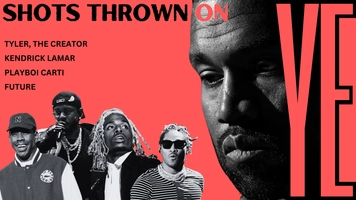
Ye’s Latest Rants: Attacks On Kendrick Lamar, Playboi Carti, Future & More
Amanda Lee Swanson
• Mar 23, 2025
